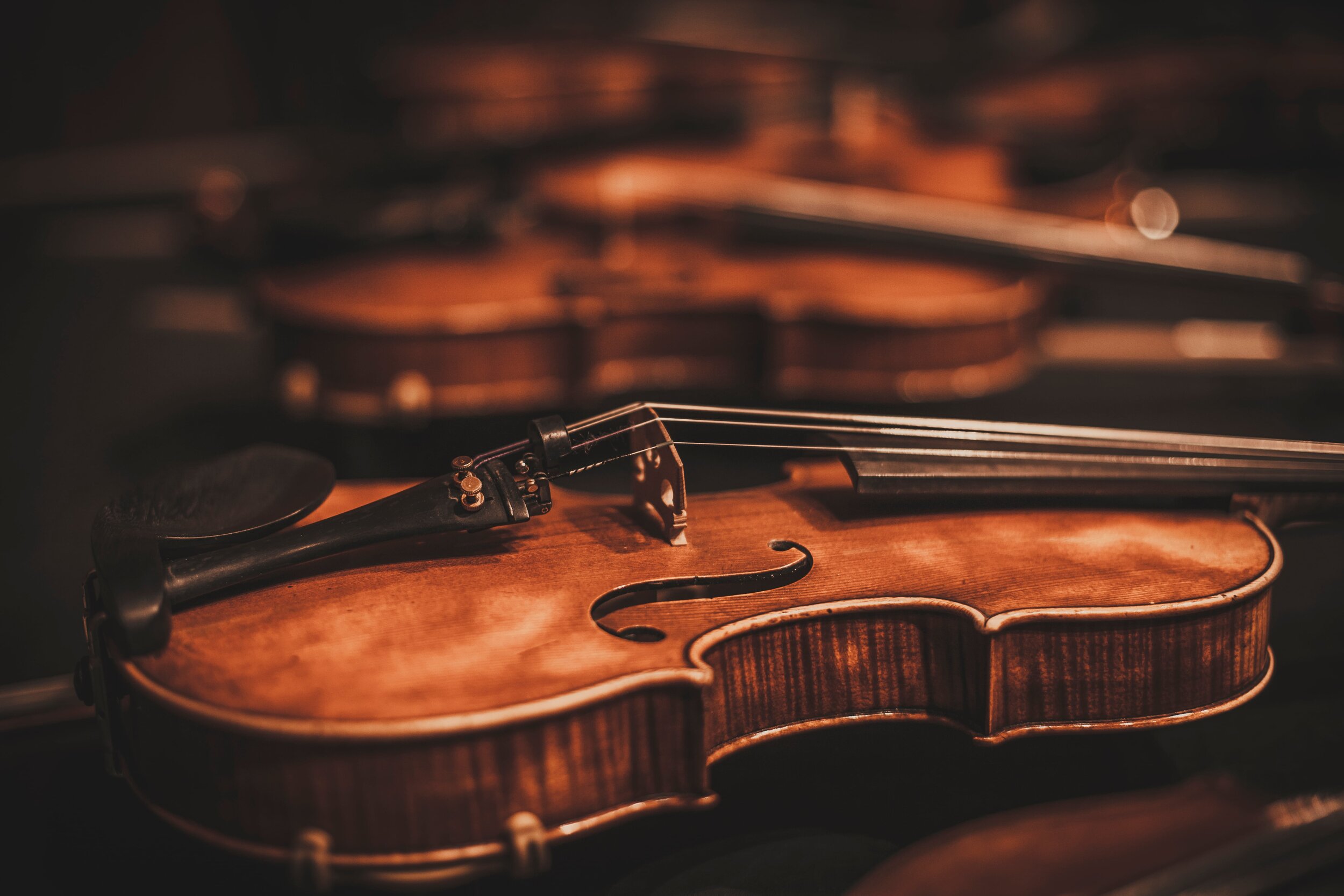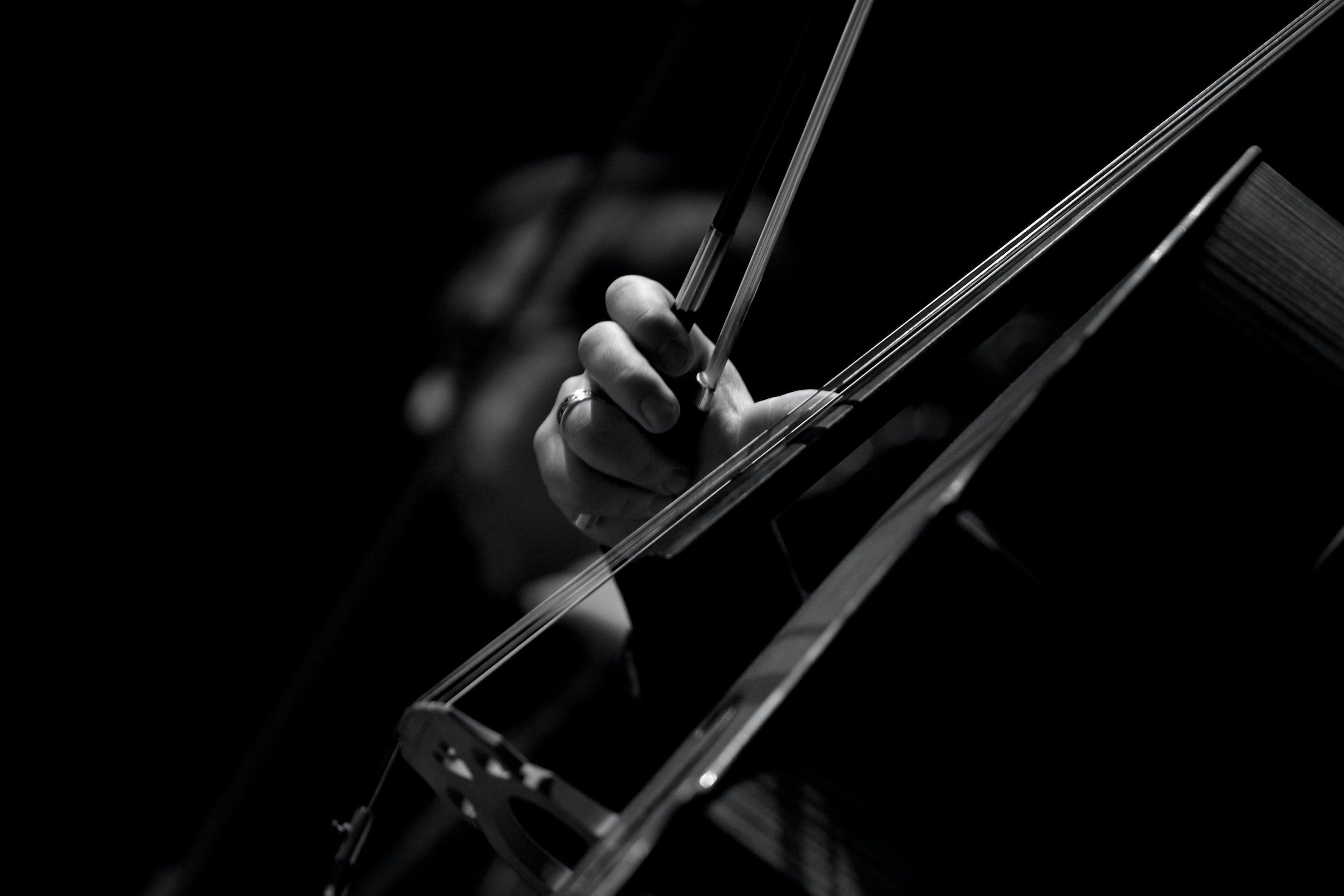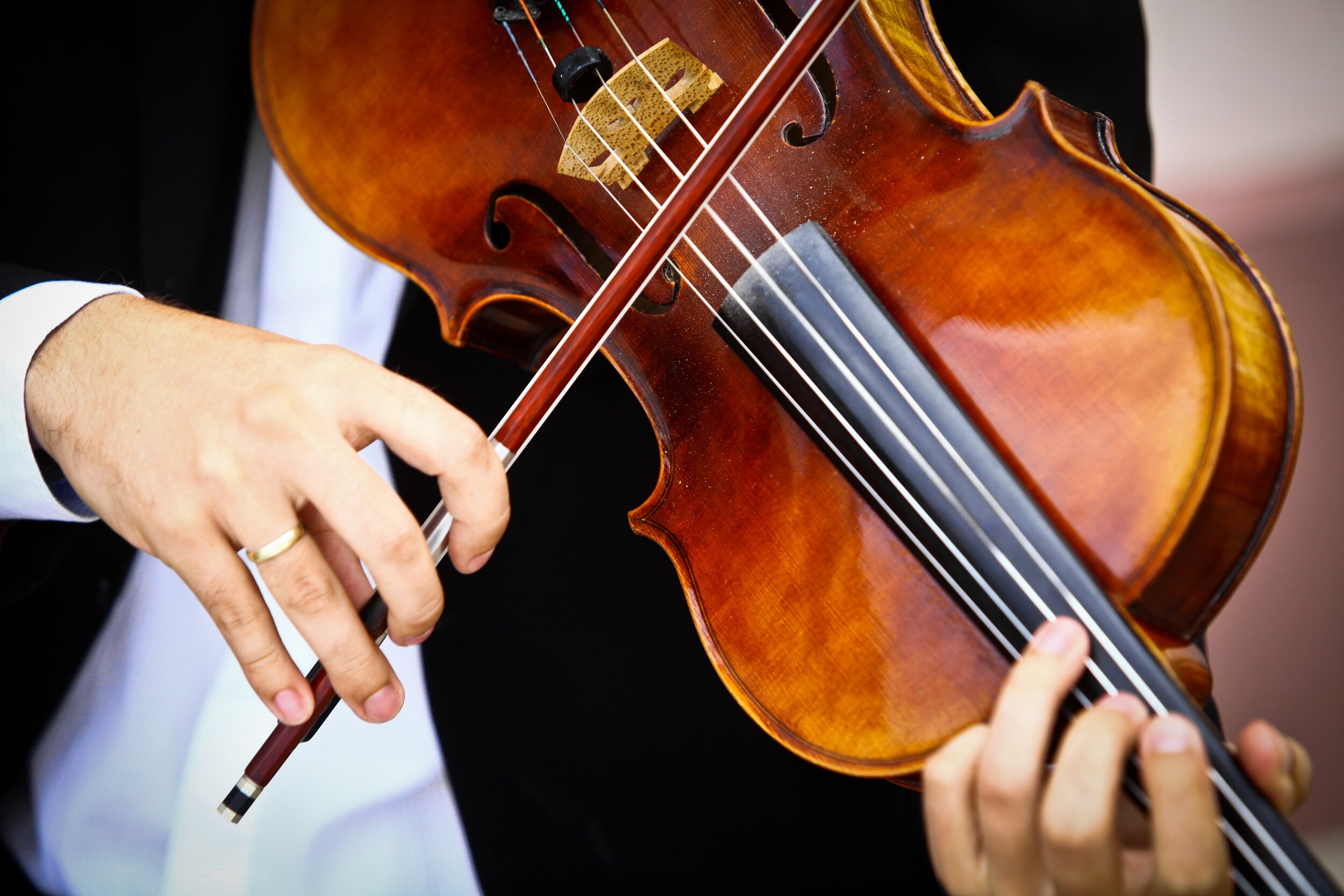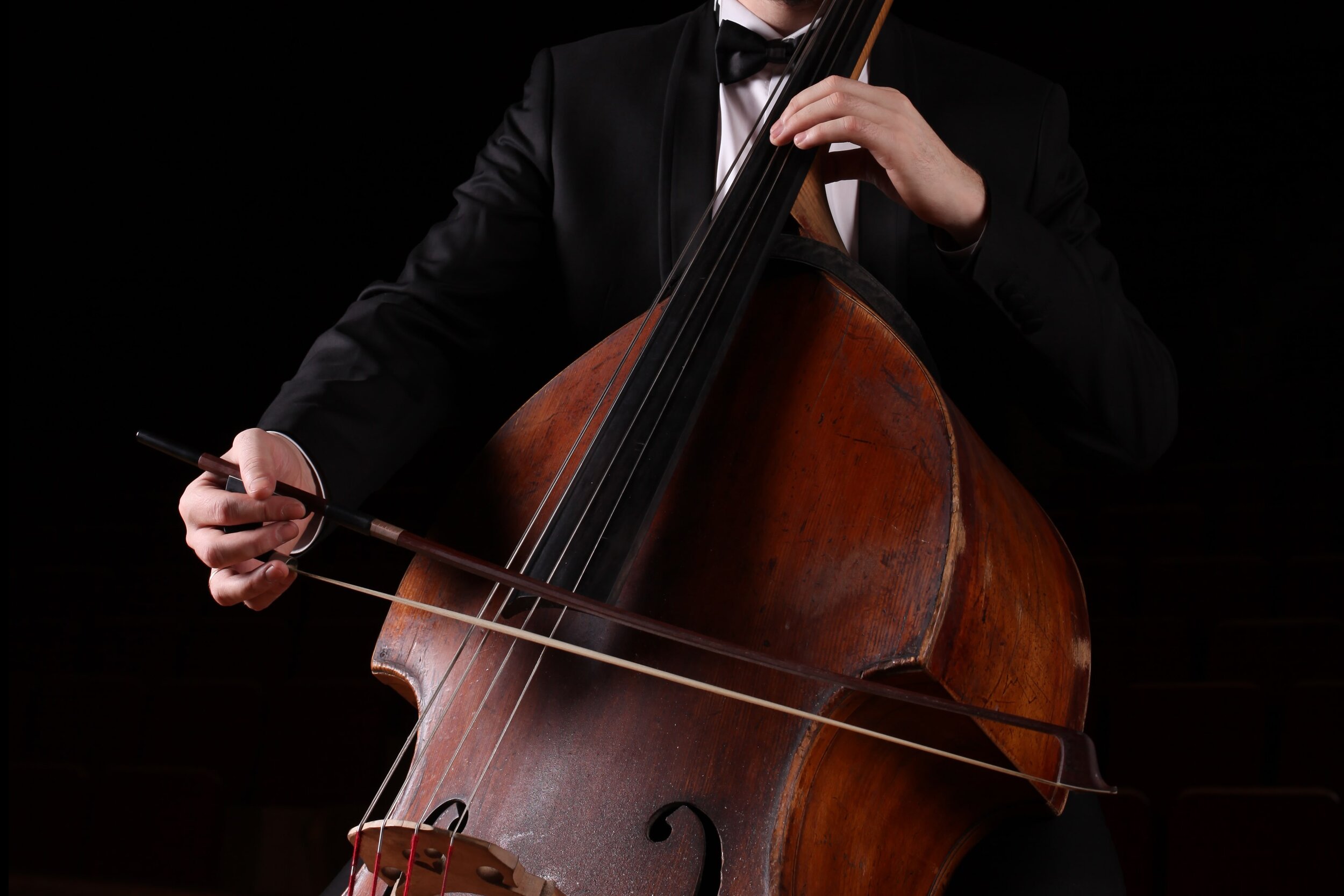We coined the term EXTREME ORCHESTRATION in an attempt to capture the imagination of students whose orchestrations tended to be merely functional—inoffensive but unengaging. We suggest that this concept could be instilled as a primary motivator for all musical endeavors.
Extreme orchestration does not claim that every piece must be avant-garde or conspicuously innovative, or that all music, dynamically, should be at the threshold of audibility or pain. Unconventional ensembles are not necessarily less fascinating than commonplace ones, and the outermost instrumental registers are not always preferable to the more common, middle range. It certainly is not a decree that proselytizes the superiority of extended techniques over traditional ones, or one that shuns music written before the Twentieth Century! (In fact, it would be difficult to imagine an orchestrator more extreme than Beethoven.)
What is extreme orchestration? It is simply a challenge asking that composers and orchestrators define their goals and execute them extremely well. If your concept is to write a beautiful love ballad, make it gorgeous. Don’t be afraid to write violent passages that are primal and horrifying. If you wish to orchestrate in the style of Bach, study his scores thoroughly and aim for more than a superficial resemblance; find and emulate the details and subtleties that make his music awe- inspiring. If your aim is to orchestrate Bach’s music in an unusual way, search deep and hard to find a strategy that will allow the listener to hear Bach’s ideas in a completely fresh manner (as Webern did when he orchestrated Bach’s Musical Offering). Strive to make your music not only moderately pleasant (sad, etc.), but powerful and effective. Do not stop short of capturing the essence of your goals.
An extreme orchestrator must carefully balance two aspects of instrumentation and orchestration: craft and art. The craft of instrumentation deals with concrete issues such as instrument ranges, transpositions, registral characteristics, various performance techniques, and idiomatic devices. Orchestrational craft encompasses the ways in which instruments can be combined, how they balance with one another, transcription approaches, and a host of other concerns. In terms of craft-oriented issues, there is no need to reinvent the wheel, as there are many resources available to develop these skills. This text is a practical reference, aimed at developing techniques and strategies for dealing with such issues and concerns, but no book alone can teach you the craft of orchestration. In addition, the following are highly recommended:
Listen to Music. As often as possible. There is no better way to internalize the potential of instruments and instrumental combinations than actively listening to music.
Attend Concerts. By watching the performers and feeling the energy of shared musical communication, you should be able to re-visualize how the music comes to life as your work on your scores.
Attend Rehearsals. One of the best ways to learn about orchestration, it is possible to hear what is difficult for the ensemble and what works instantly. The kinds of concerns expressed by the conductor and how players respond to them may be observed in this setting.
Study Scores. Detailed score analysis teaches many lessons that would take volumes of books to describe, and is one of the primary methods for studying orchestration.
Piano Reductions. When available, compare piano reductions with full scores. Making piano reductions from large ensemble scores or orchestrating a reduction and comparing it against the original can teach many valuable lessons.
Work With Players. Ask performers questions about what their instruments do or don’t do well. Have them demonstrate specific techniques for you.
Have Your Music Read/Performed. No book or professor can teach you the lessons of such situations. It will quickly become apparent what worked and what didn’t (though failed passages may be the result of poor scoring from the orchestrator or poor reading from the players). If possible, record all readings, rehearsals, and performances of your works, and listen critically to them.
The art is the way in which the techniques and issues of craft are applied. All of the methods described above should also be used to engage the artistic side of the orchestrator. This text poses many artistic issues, but in the end only you can exercise your creative power.

Bowed Strings | String Basics
The bowed string family of the modern symphony orchestra consists of only four instruments: violin, viola, cello, and bass. More music has been written to feature these instruments than any other family of the orchestra (woodwinds, brass, or percussion). A full string section forms the backbone of most orchestral literature.

Bowed Strings | Left Hand Techniques
On string instruments, it is possible to change the pitch of a string by stopping the string with the left hand. In other words, the left hand applies pressure to a string against the fingerboard, in essence shortening its length. Shorter strings produce higher pitches, so as notes are stopped higher on the fingerboard, the pitch rises.

Bowed Strings | Right Hand Techniques
The most common way to produce a sound on orchestral string instruments is by drawing a bow across one or more of its strings. This technique is called arco. Because playing with a bow is the default method of playing these instruments, it is not necessary to write the term arco on the score unless canceling out an alternative way of playing, such as plucking or striking the strings.

Bowed Strings | Alternative Timbres
It is possible to achieve a greater variety of timbres with the bowed strings than with any other orchestral instrument. Through the use of harmonics, mutes, varied bow placement, plucking or striking the strings, and other extended techniques, a large selection of sound possibilities becomes available.

Bowed Strings | Violin
The violin generally takes the soprano role of the strings, though it is possible to score violin below viola, or even upper register cello.

Bowed Strings | Viola
The viola is most often scored as the alto voice of the string ensemble. In fact, the word for viola in German is alto. For chordal figures, this instrument often fills out the inner voices. Viola can effectively double the violin in unison, or down an octave, and it is often written in unison or up an octave from the cello.

Bowed Strings | Cello
Although the cello often takes on the baritone or bass role of the string section, it can also function as the tenor, alto, or even soprano voice. In the lower register, it often doubles the bass or other bass instruments, such as bassoon and trombone. In the mid-range, cello can contribute inner notes of harmonic constructions.

Bowed Strings | Contrabass
The contrabass is the largest and the lowest of the bowed strings. Also known as double bass, bass viol, string bass, or simply bass it is positioned in front of the player, resting on an endpin, as the performer stands or sits on a high stool. Most of the techniques for violin, viola, and cello are possible on bass as well, and this instruments blends well with the other strings.
